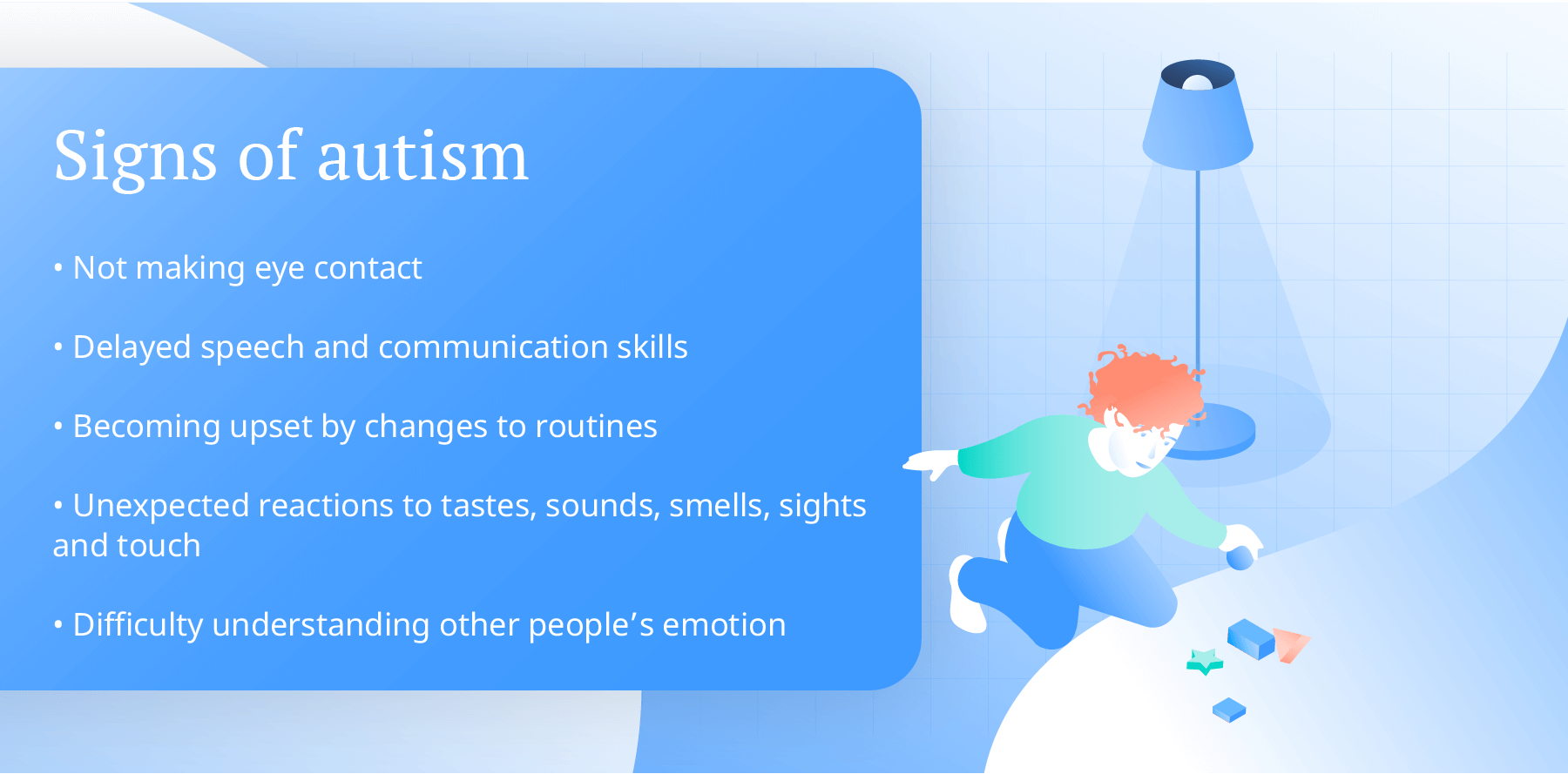Understanding Types And Degrees Of Autism: A Complete Overview
Standard group classifications were taken on for surveillance year 2020 that documented race and ethnic culture individually and included a multiracial group in the population denominator. This change allowed the ADDM Network to distinguish AI/AN kids who are additionally Hispanic (previously coded only as Hispanic). Future evaluations (possibly with more extensive information links) may be able to portray disparities much more directly related to the invoice of specific ASD-related interventions or assistance. In 2018, ASD occurrence per 1,000 kids aged 8 years varied throughout the 11 ADDM Network websites, varying from 16.5 in Missouri to 38.9 in The golden state. These estimates are greater than ADDM Network ASD frequency estimates from previous surveillance years.
- Get going with Pennsylvania's highest-rated team of specialized, specialist, and recognized online therapists that can sustain you with a variety of concerns, including stress and anxiety, anxiety, stress and anxiety, despair, trauma, and much more.Degree 2 Autism is in the middle of the range as it relates to the level of assistance an individual might take advantage of to work more independently and successfully in life.Our application uses tailored strategies, professional support, and an encouraging area, all created to empower you in cultivating your child's growth.Yes, Degree 3 autism is taken into consideration a disability because of the substantial influence it has on every day life.First, the approaches rely on the schedule and efficiency of existing details and documents to identify ASD cases and various other indicators.
According to a 2017 research, Youth Disintegrative Problem (CDD) is an uncommon and Autism Heritability extreme type of autism where a youngster experiences a period of common growth adhered to by a substantial regression in skills. This regression can impact language, social interaction, and motor skills, frequently resulting in characteristics of serious autism and intellectual disability. Challenges in communication, repetitive actions, and restricted rate of interests existed, and there could have been language delay or intellectual special needs. Level 3 autism, previously referred to as low-functioning autism, presents one of the most considerable difficulties in social interaction and behavioral versatility.
Damaging Down The 5 Types Of Autism Range
Fifth, the security information system does not tape-record the number of times a kid received an ASD ICD code at a certain resource. Finally, recognition research studies are required to approximate undiagnosed ASD along with false-positive diagnoses. Age at first developmental analysis was restricted to youngsters with info on the earliest accumulated or traditionally reported assessment (including records of previous ASD-related diagnoses) available.
Autistic Condition
People identified with Level 2 autism face more obvious difficulties with social communication and behavioral adaptability than those with Level 1. Nevertheless, the DSM-- 5 currently notes 3 various levels of ASD, which doctors determine according to the amount of assistance a private requires. The autism spectrum refers to the variety of potential differences, skills, and degrees of capability that are present in autistic individuals. " Each kind of Autism demonstrates a level of difficulty that a client confronts with verbal, social and communicative communications. As our understanding of autism grew, so did the need for a standardized category system.
Just How The Spell Autism Framework Assists People With Autism Flourish
:max_bytes(150000):strip_icc()/What-are-the-three-levels-of-autism-260233-5baab02fc9e77c002c390bd2.png)
They may take part in repeated habits, such as hand-flapping or repeating phrases. Restricted rate of interests or fixations on details subjects or items are likewise typical. By checking out autism as a range, health care specialists and scientists can much better appreciate the varied requirements and strengths of individuals with autism. It also promotes a much more customized strategy to diagnosis and treatment, recognizing that each person's experience with autism is special. It is defined by challenges in social interaction, social communication, and the existence of recurring behaviors.
Nevertheless, the release of the DSM-5 in 2013 brought substantial adjustments to autism category. The separate subtypes were consolidated right into a solitary medical diagnosis of Autism Spectrum Problem. This change mirrored the expanding acknowledgment that autism feeds on a continuum, with differing levels of severity and discussion. While the condition itself is not new, our recognition and classification of it have actually advanced dramatically in time. If you wish to discover more regarding autism or have actually discovered potential check in your youngster, call the caring experts at Stability today. We can give you with additional advice or assistance and present you to the proper very early intervention programs for your child.By accepting this diversity and continuing to expand our understanding, we can develop a much more inclusive culture that acknowledges and sustains the one-of-a-kind strengths and requirements of individuals across the autism spectrum. As we progress, it is important to keep in mind that behind every diagnosis is an unique person https://www.mediafire.com/file/ju1d9ww1ferl6my/pdf-45883-49785.pdf/file with their very own story, challenges, and potential for growth and achievement. These impairments can affect physical, learning, language, or behavior areas, and they vary substantially in their seriousness and effect. Common examples include autism range disorder, cerebral palsy, and Down syndromeA congenital disease triggered by an added chromosome 21, resulting in developing and intellectual hold-up ... Autism range problem (ASD) is a complex and complex problem that includes a range of different types, each with its distinct attributes and difficulties.
The history of autism category has actually gone through considerable changes considering that its first summary by Leo Kanner in 1943. Initially, autism was thought about a rare problem, usually misinterpreted and misdiagnosed. Over the decades, our understanding of autism has actually expanded, leading to more thorough diagnostic standards and a wider acknowledgment of the spectrum nature of the disorder. Each of these categories demonstrates differing degrees of problems a person confronts with social, verbal, communicative and repetitive habits.
